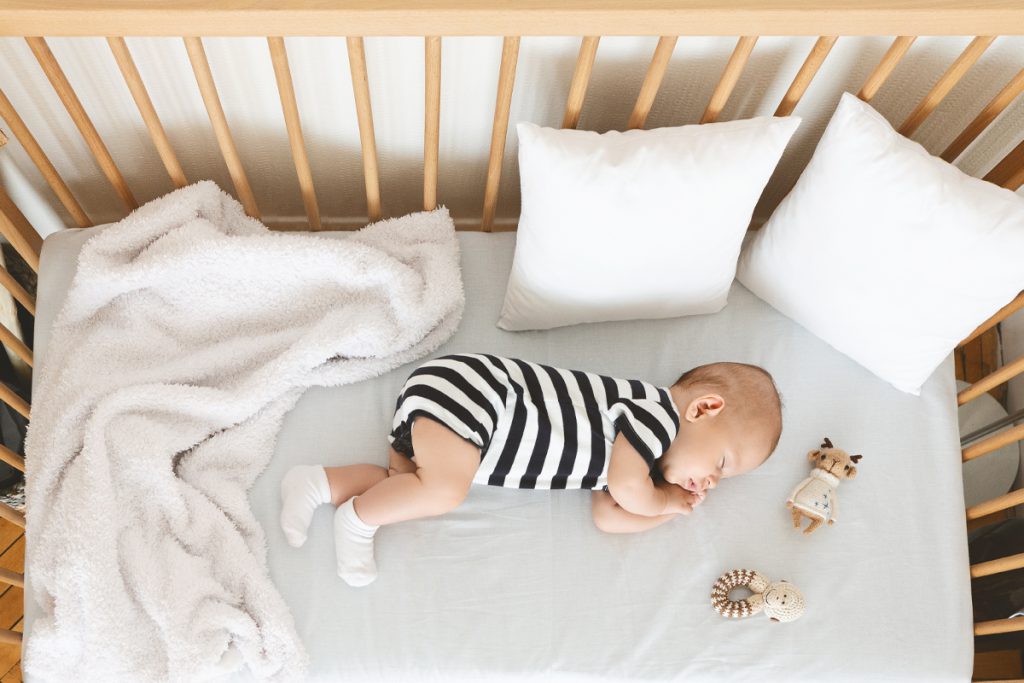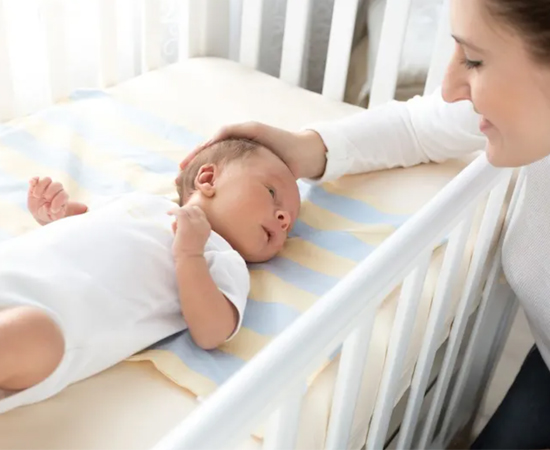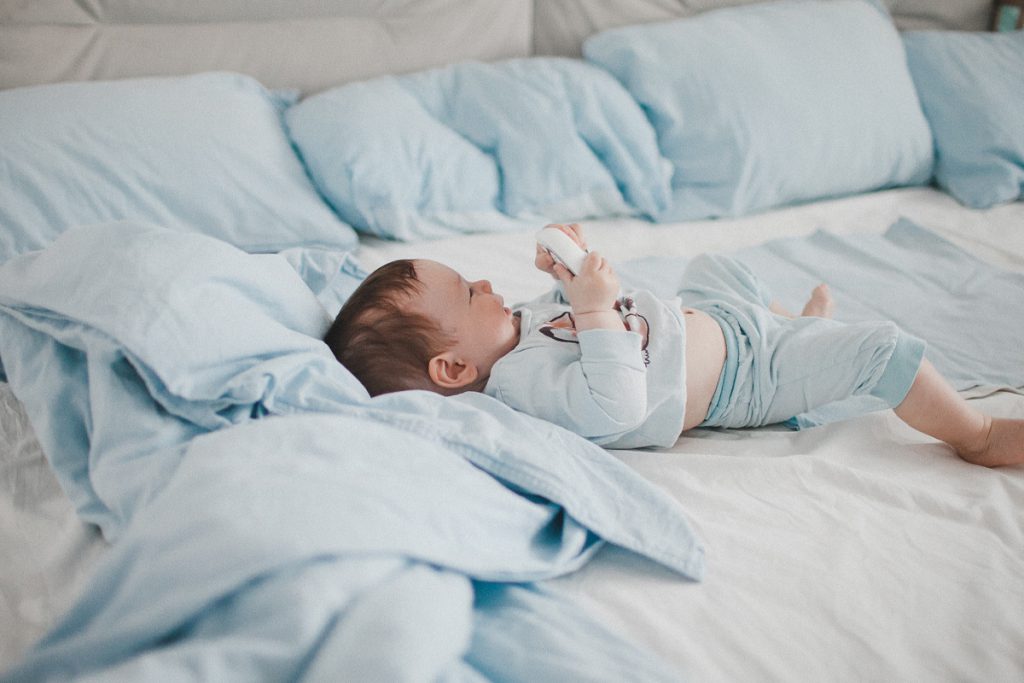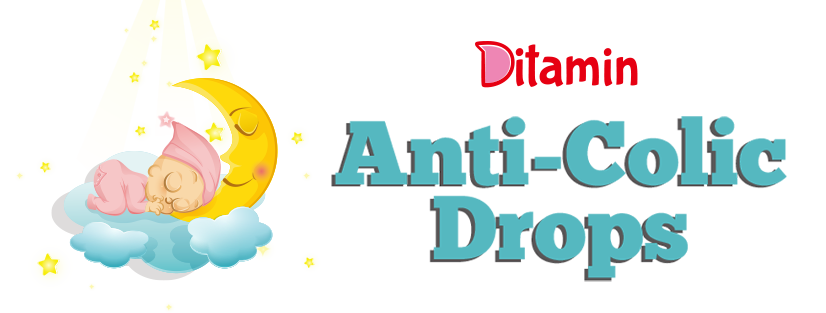
At first, we figured we ought to allot a good bit of time to addressing the various sleep-site options available to you—starting predictably with the crib and then running through everything from bassinets, cradles, cosleepers, and playpens to car seats and dresser drawers. Then it occurred to us that most parents we talk to seem to handle this part of new parenthood pretty well on their own, and either don’t care too much or already have their hearts set on one or the other (or several) of the options. Given that there are plenty of informative baby product books like Baby Bargains and Consumer Reports’ Best Baby Products around, we decided not to take up too much of your time on the subject. Instead, we are going to lay out for you what we consider to be the practical considerations and safety tips most useful in deciding where to lay your baby down to rest.
Crib Safety Considerations
Whether you decide to set up a crib for your baby as soon as your pregnancy test turns positive or months after your newborn’s much-anticipated arrival, there are a few general safety principles that you’ll want to follow to ensure your baby’s safety. Some may not seem particularly relevant during your baby’s first few months, but given that cribs tend to be big-ticket items and the one you invest in is going to be put to the test for years to come as your baby learns to roll, sit, stand, and climb in it, it’s well worth considering present and future safety concerns.
• Crib slats. The slats should be no more than 2-3/8 inches apart. All new cribs must meet this standard, but older cribs may not. • Posts and cutouts. Steer clear of bedposts taller than 1/16th of an inch and/or cutouts in the headboard (or any other parts of the crib) where a baby’s or toddler’s body parts could get stuck.
• Crib toys. They may seem harmless, entertaining, cute, and cuddly, but it’s considered wise to keep all stuffed animals (and most toys) out of your newborn’s crib because they can pose a small but nevertheless real safety risk. The exceptions are the types of toys that strap securely to the side of the crib. Some babies like mirrors or toys with parts they can play with (such as spinners, rattles, and music), but your newborn probably won’t be terribly interested in them for at least a few weeks.
• Mobiles. Mobiles are special hanging toys designed to entertain your baby and can be attached to the crib, ceiling, or wall. Some are even adorned with lights or play music. They are fun but definitely optional. If you do choose to use mobiles, make sure they do not hang low enough to entangle your baby, especially once she begins to roll or get up on her hands and knees. In fact, once your baby is 5 months old or able to sit up, it will definitely be time for her mobile to come down.
• Crib placement. Unless you don’t mind a bit of redecorating and rearranging when your baby starts to get around, we suggest you place your crib well away from any windows and no less than an arm’s reach away from any nearby dressers or table-tops. Knowing that it won’t be long before anything and everything within reach will be fair game, we also recommend limiting your over-the-crib wall decorations to painted walls and wallpaper. Picture frames and mirrors over cribs are often an accident waiting to happen. Be forewarned that even paper borders placed within reach of the crib, while safe, don’t often stand up well to prying fingers.
• Firm-fitting mattress/fitted sheet. While they seem to be mostly standardized, cribs and mattresses can and do come in more than one size, so be sure to double-check measurements and read labels to make sure you end up with a mattress that fits snugly into your chosen crib. Any extra space between the mattress and crib frame has the potential to trap a baby’s arm, leg, or head. Also make sure your fitted sheets are tight enough that they don’t slip off easily, thus posing a serious safety hazard.
• Tooth-resistant rails. Some railings are covered by a special plastic to prevent teething babies from gnawing on the paint or wood.
• Adjustable mattress height. Many cribs have adjustable heights so you can lower the mattress as your baby gets taller, making it more difficult for him to climb out. You will likely want to keep it at the hightest level while your newborn is relatively immobile and you are coming and going frequently because it will allow you to save a good deal of strain on your back. Remember that by the time your baby is able to sit or stand up, you’ll want to lower the level of the crib

Raising Concerns About Drop-Side Cribs
In recent years, crib railings have almost always been adjustable—meaning you can raise and lower one or both side railings. While this feature has long been appealing to parents as a convenience factor, it has now become one of significant concern. That’s because numerous injuries from crib side-rails resulted in the largest crib recall in history (2.1 million cribs!) in 2009. As a result, the organization that sets voluntary industry safety standards required that going forward, all full-sized cribs be manufactured with 4 immovable sides. In other words, drop-side cribs may soon become a thing of the past. The take-home message for all parents: Always be sure to check out the latest safety information on the Consumer Product Safety Commission Web site before dropping your guard.
Baby Bedding, Bumpers, and Blankets
If you come to find that the excitement you feel about having a new baby is wrapped up in the buying of a fancy baby bedding set complete with bumper and quilted blanket, then don’t let us stop you. After all, we couldn’t resist the parental urge to splurge either—at least not the first time around. For those of you who are interested in taking a more minimalist approach, now is the time for us to point out that as cute as it may be to walk into the nursery and see the lamp match the wallpaper border match the blanket match the diaper holder…you get the picture, you really don’t need any of it. For safety’s sake, keep soft objects or loose bedding out of the crib. This includes pillows, blankets, and bumper pads. Bumper pads should not be used in cribs. There is no evidence that bumper pads prevent injuries, and there is a potential risk of suffocation, strangulation or entrapment. The receiving blanket(s) and/or pajamas you use to wrap your baby in should be enough for warmth.


